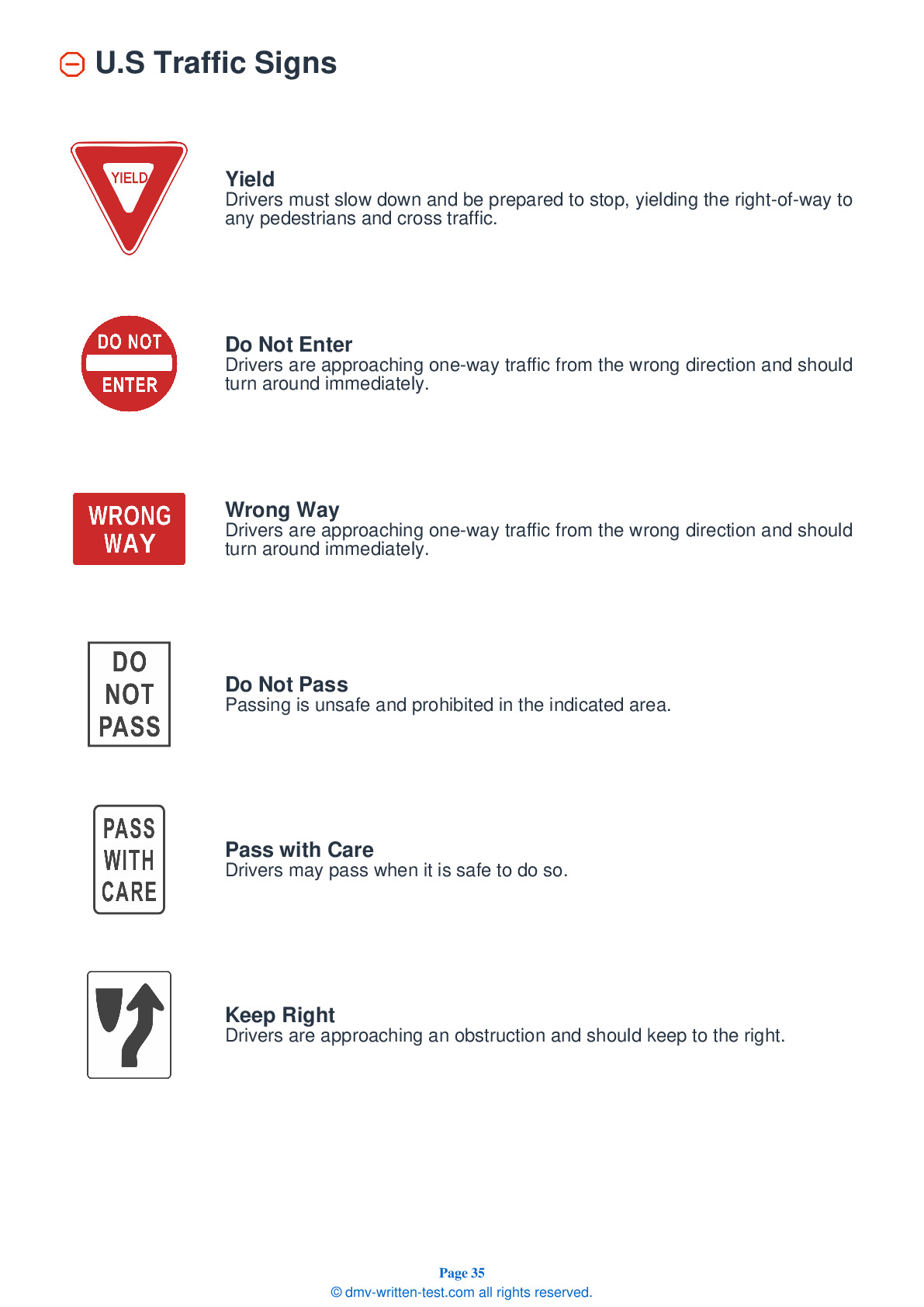2025 Alaska Motorcycle Permit Test 14
The following questions are from real DMV written motorcycle permit tests. These are some of the actual permit questions you will face in Alaska when getting your motorcycle learners permit. Each motorcycle theory practice test question has three answer choices. Select one answer for each question and select "grade this section." You can find this button at the bottom of the drivers license quiz. For a complete list of questions and answers for Alaska please visit https://cheat-sheets.dmv-written-test.com/en/alaska/motorcycle.
Number of Tests
Number of Question
Passing Score
7. When may you not need to increase your following distance?
Explanation
An increased following distance is needed if your motorcycle will take longer than normal to stop. If the pavement is slippery, if you cannot see through the vehicle ahead of you, or if traffic is heavy and another driver may try to squeeze in front of you, open up to a longer following distance.
8. When riding in a group, inexperienced riders should position themselves:
Explanation
In a group of motorcyclists, riders with less experience should be positioned toward the front of the group, just behind the leader. This will allow more experienced riders behind them to keep an eye on them.
9. Which type of sign is yellow with black lettering or symbols?
Explanation
Warning signs are yellow with black lettering or symbols and provide important information to motorists about upcoming road conditions.
10. When riding in a group, the best riding formation is generally:
Explanation
A staggered formation is generally best when riding in a group. You should move into a single-file line when turning, riding in a curve, or entering or exiting a highway.
11. When loading cargo onto a motorcycle, you should:
Explanation
Heavier items should be loaded in front of the tank bag. You should try to place the load over or in front of the rear axle. Putting the load behind the rear axle may affect your control.
12. What does this hand signal mean?

Explanation




